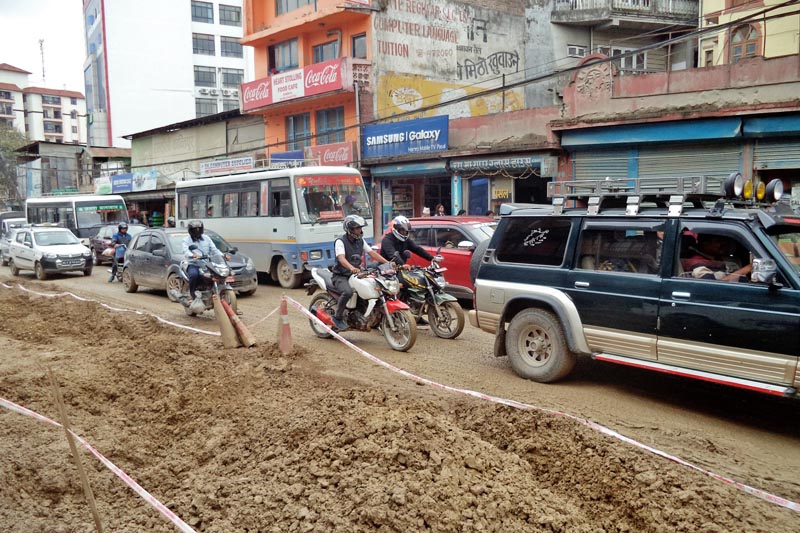Majority of Nepalis still lack access to clean and safe drinking water
- Only 12 to 15 per cent people have access to safe drinking water
Kathmandu, May 24
While access to water supply has significantly increased over the past decade, the quality of the water supplied remains a big challenge.
According to Nepal Water Supply, Sanitation and Hygiene Sector Development Plan (2016–2030), the government has made considerable progress in realising the national target of basic water and sanitation services for all by 2017. Census reports show that 85 per cent of Nepalis in 2011 had access to improved water sources, up from 72 per cent in 2001.
“However, the water supplied is not always safe even when it is supplied through systematic piped water systems. Many of the improved or even treated and safe water may be contaminated during transmission, distribution and household use,” read the report published by the Ministry of Water Supply and Sanitation.
Study shows that only 12 to 15 per cent of people are reported to have access to safe drinking water. Due to the lack of effective monitoring, the National Drinking Water Quality Standards is not adhered to, creating serious health risks to users. There is lack of wastewater quality standards.
The report stated that the government would develop domestic and municipal effluent quality standards separately to ensure water quality. The MoWSS has also decided to revise NDWQS and other guidelines while enforcing adherence to the standards. “Collection of water quality information from water service providers and sharing it with regulatory agency will be made mandatory. Based on results, incremental improvement plan will be made and implemented for ensuring safe water.
Similarly, principles of water safety plan will be applied consistently during the project planning, design and operation phases by the service providers and users to ensure national water standards right from the source to consumption points,” it said.
As a lead implementing agency for water, sanitation and hygiene, Department of Water Supply and Sanitation will set up an institutional monitoring system on water and wastewater quality. Introducing specific interventions such as water quality testing labs will be an integral part of water quality monitoring.
“The Ministry of Health and its agencies will strengthen water quality surveillance system. Preparing a plan and conducting direct assessment based on random sampling covering at least five per cent water supply systems annually will be a priority. Water quality surveillance reports will be produced and publicised regularly, it said.






